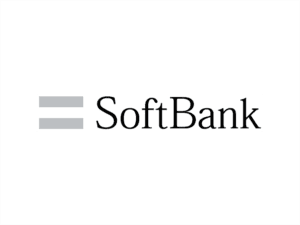Open Banking API Security: Risks And Standards
Open banking is a logical innovation in response to the increased reliance on online banking and use of E-Commerce throughout the world. While open banking offers numerous benefits, it also comes with cyber security risks for consumers and financial institutions. As more countries move to embrace open banking, here’s what you need to know about it.
What Is Open Banking API Security
Open banking is the practice that allows third-party financial service providers to access consumer banking, transaction, and other financial data from banks and other non-bank financial institutions. A network of accounts and data will be accessible for both consumers and service providers, potentially reshaping the financial landscape.
Open access to the network of financial data, financial institutions and lenders can get a more accurate picture of a consumer’s financial situation and, from there, offer more competitive terms; conversely, services could show consumers their financial situation to help them make wiser decisions.
Open Banking API Security Risks Including Cyber Security
Naturally, the idea of sharing financial data is intimidating at a time when cyber security data breaches are at an all-time high. As such, Open Banking has established tight security measures to protect sensitive data. Nevertheless, there remains some security risks:
- Attacks on API security weaknesses
- Attacks on fintech companies, which have different security measures, who have access to Open Banking API
- Attacks on the Open Banking platforms itself
Different banks and institutions who likely have equal access to Open Banking employ different levels of security. This means that the wider the network, or the more accessible the data is, the more security concerns are present. Cybercriminals may use these as a leverage in finding weaknesses in layers of security measures.
Open Banking API Security Standards
To protect the consumers, Open Banking security standards have been established. Open Banking security standards are established and regulated by financial regulators, and fintech companies must prove that they meet these standards before allowing into the ecosystem. Artificial Intelligence is also employed to identify unusual activity, verify users, and monitor user accounts. It can also help monitor the implementation of safety standards. Following this, banks and companies can implement information sharing to stay updated on new cyber security measures and threats. Banking institutions and fintech companies are also expected to incorporate modern authorization and authentication processes such as FIDO and FIDO2 to prevent password and other types of data breaches.
FIDO biometric authentication is one of the strongest and most convenient ways to strengthen cyber security and eliminate unnecessary user friction. By doing away with brittle knowledge-based authentication systems, it becomes more difficult for cybercriminals to breach accounts. Learn more about Nok Nok’s passwordless FIDO authentication system here.









